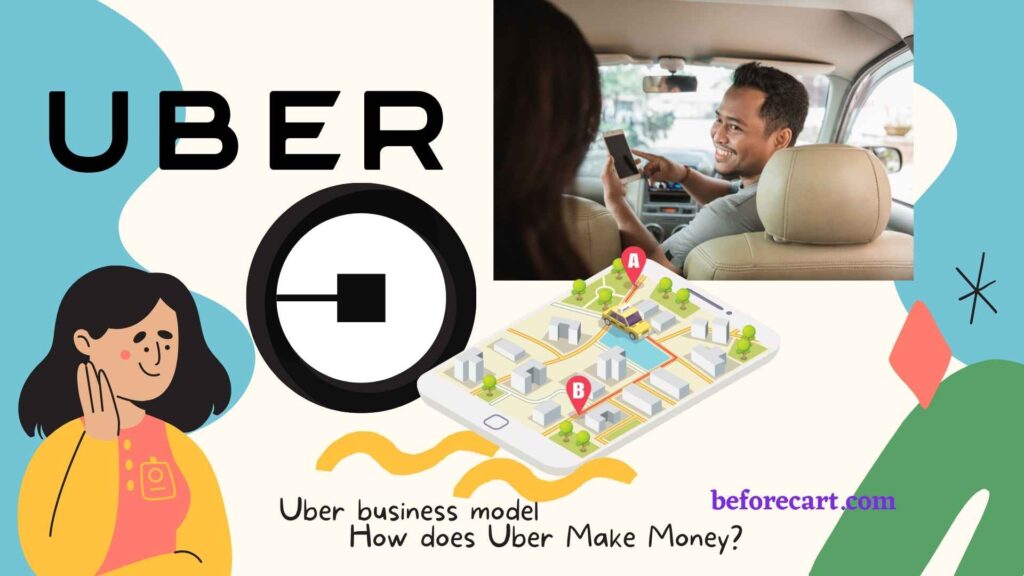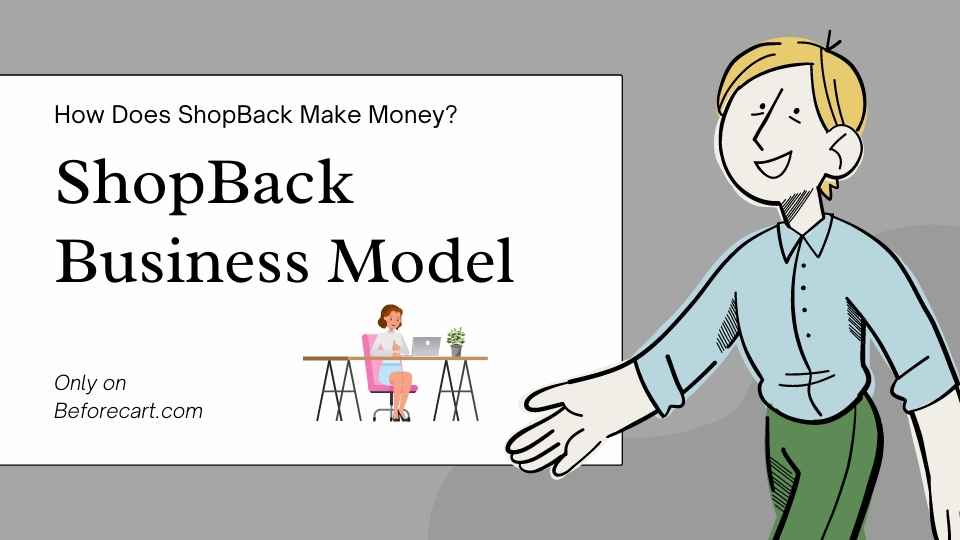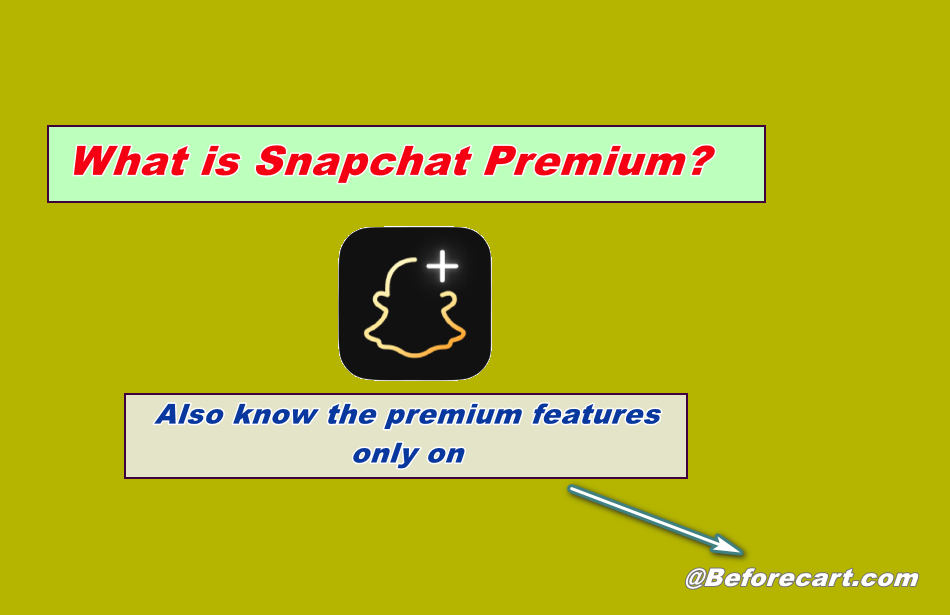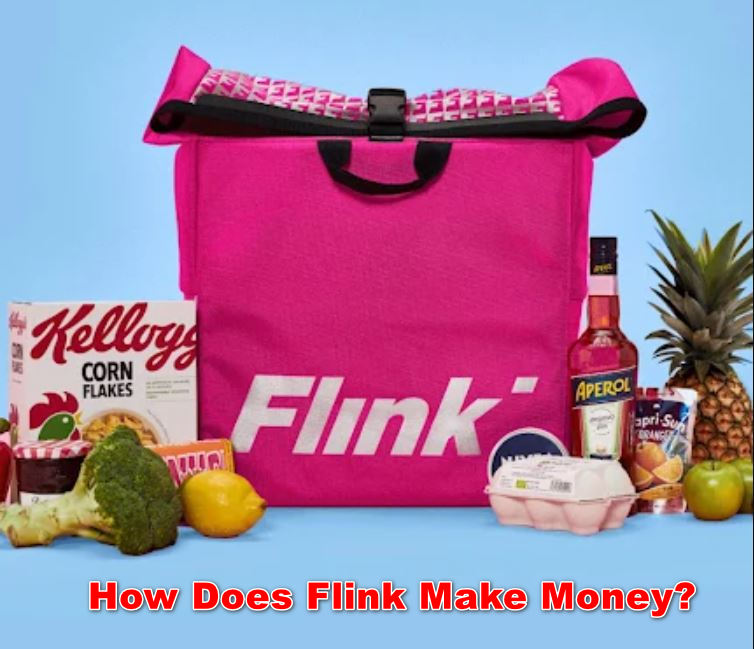The Uber business model is one of the best successful business models. You might be amazed that Uber stands out as the leading brand in the passenger transportation industry without owning any car.
Uber becomes a familiar name when traveling from one place to another. You can book your cab from Uber, Ola via apps or online. Uber became a strong rival and took a good position when the question came to ride a cab.
Uber is a company that has revolutionized the world. One of the main ways it changed how business works is by awakening curiosity, searching for solutions, and creating platforms where people can meet to do a business exchange. This is due to the design of their beautiful business model.

There are now other ways to travel by car besides taking a taxi. The giant of the public transport industry, Uber, has changed this mobility concept by offering an effective communication channel between drivers and customers. Let’s see what the keys to their success are!
Uber’s Business Model is a multilateral platform for connecting drivers to people who need private transport on demand. In this way, the company offers a transport network formed by drivers and passengers connected through its mobile application.
Created in 2009, Uber was born from a vision of its founders, Travis Kalanick and Garret Camp, who imagined a service where it was possible to call a car with a private driver with just a touch apps on your smartphone.
Since the early days, the company has been involved in confusion with the transport secretariat of several cities that questioned the legality of its activities.
Despite the difficulties, the company overcame the legal obstacles with the support of many satisfied users with a service with a much superior quality compared to conventional taxis.
Since then, the company has expanded to 600 cities in 68 different countries and created a series of services derived from its main offerings, such as UberX and Uber Pool.
Uber is considered one of the Startups Unicorns for its market value of 68 billion dollars, making it more valuable than auto giants like Chevrolet, Ford, and Honda.
This is an exaggerated market value and challenging to prove among us. But even so, it still demonstrates the popularity and strength that the company has in the business market.
So if you have questions in Mind, Like:- What is Uber’s Business Model? How does Uber Works? How Does Uber Make Money? What is Uber’s Business Strategy? Why is Uber so Successful?
Don’t worry, in this article, and we shall provide you with everything. Just stay tuned with us.
Origin of Uber
Table of Contents
Uber was founded in 2009 by Travis Kalanick and its co-founder Garret Camp. The idea came to solve the problems in the middle of a fairly common situation when we traveled to another city.
Both friends were in Paris trying to find a means of transport on a rainy and snowy day. The chaos of the big city did not allow them to reach a taxi. Frustration and creativity came together to shape the idea of making it easy to find a means of transport” at the push of a button.”
This is how Uber cab was born in its beginnings and Uber today. At first, it worked in the United States, later it was launched in Paris, and today it is present in more than 600 cities around the world.
Also Read: Amazon Business Model- How does Amazon make money?
Uber’s business model – How does Uber works?
Uber’s Business model is multilateral. This functional business works by connecting drivers and passengers to offer a personalized transfer service at a lower price.
This multilateral contact is made through an application, so the service can be enjoyed practically immediately, simply by smartphone access.
In other words, the company is in charge of creating and maintaining a platform where people can meet for commercial exchange. We can find similar examples of this business model on Airbnb, Ola, mytaxi, Easy Taxi, Flywheel, etc. Some tourists or Passengers seek to experience tourism or need to visit another place. Uber does the same. It connects drivers with people who want to move around the city at a lower cost and more excellent safety and convenience. Its motto is to provide safety and security with lower transporting costs.
This determines both Uber’s value proposition and its primary customer segments: Platform users and Drivers who want to have additional income or do not have a job and want to find a simple way to increase their income.
The passenger only has to enter their destination, and the application will find an available driver. The price is calculated based on distance, time, and fuel. Then, the passenger can issue an evaluation of the service.

How does Uber Make Money?
Uber is a two-sided market, a platform business model that connects drivers and passengers with an interface with ramification elements, facilitating connection and transactions between both parties. Uber makes money by charging fees from the platform’s gross bookings.
This is the heart of the business. Uber sees itself as a platform. They are not considered a transportation company. This has many ramifications for the business model. First of all, the people who work as drivers are independent platform contractors.
They are not Uber’s employees. This means that Uber has substantial cost savings by not paying employment benefits, social security costs, and vacation days.
It is an ideal world because contractors do all the work, and Uber is only responsible for generating demand for transport. Therefore, the driver’s source of income is a simple commission per transaction made, per successful transportation, or the ride of a passenger.
This simple decision makes this entire business model valid and separate from others. This allows Uber to be cheaper than traditional Taxis and have such a robust global presence. By using and adopting this facility, they became strong and stronger and secured top positions in transportation history.
Uber earns money by charging a 20% commission on the total fare. In other words, in a $50 fare, the driver gets $40, and Uber receives $10. The driver gets $40, including fuel charges, any others cost, etc., if there are any.
Uber’s revenue model is entirely dependent on your transaction fees – booking fees and commission per ride, that you have to pay for your ride. Uber Charges their passengers in bellow format like…
- Charges per km traveled, Fuel cost, Distance Traveled, etc.
- Variable rate with respect to demand and supply available.
- Income by type of service Uber Provides – Uber Taxi, Uber X, Uber Pool, Uber Black, Uber SUV, Uber Cargo, etc.
- Fuel fees, tolls, safe driver fees, insurance, etc., are also part of their income.
- Uber takes cancellation fees; if any customer cancels their trip, they take small charges for cancellation fees and the rest is refunded in their wallet.
- Uber earns Brandendrossment program. Uber is a popular app that make them strong and able to earn for promoting another brand. A strong revenue-making platform was established, which may not be overlooked.
- Uber receives approximately 20% commission on the driver’s total for performing a service. This commission may vary depending on the duration of the trip.
- The fees derived from insurance, fuel, or tolls also provide a small percentage of income.
- Depending on the type of service, Uber receives a different percentage of revenue. Uber has different modalities such as Uber Pool to share the ride with other people or Uber Green to use only electric vehicles.
- In addition, Uber receives income from other secondary sources, such as collaboration with other companies in advertising.
Recommended: Netflix Business Model
Does Uber take Extra Charges on Rush Hours or Rainy Days?
Yes,
Uber has a variable rate system subject to a multiplier based on supply and demand. This means that at a time of high need (i.e., rush hour or rainy day), the Uber charges increase up to 1.5 to 25 times or even more expensive than that.
This is pretty cool on one side, and on the other side, it can fall under unethical practices. Pretty cool, in a sense, it doesn’t represent any abuse since no one is obligated to use Uber at that price. It is up to each one to judge whether their urgent transportation at that time is entitled to the more expensive fare.
The latest updates come where users started tracking this kind of fare hikes unethically. Dishonest Drivers knows how to manipulate this dynamic price, but Uber is already making adjustments to their client started to punish their driver-partner and avoid this situation which may create a bad reputation.
How does Uber collect Payments from their Client/Users/Passengers?
Uber doesn’t allow payments to be made directly to drivers. Customers pay for the ride using a credit card or debit card registered in the app. It’s up to Uber to process the payment and transfer the money to the driver.
Uber takes all the responsibilities, and they provide smooth payment gateways so that passengers can enjoy their rides and drives only responsible for giving good service. It saves lots of time, and effort and prevents fraud, and Drives gets paid on time via online payment systems.
This ensures comfort for passengers and drivers who do not need change. This also avoids legal problems.
Latest Update: this situation has changed in Brazil, where it is currently possible to pay in cash, but based on the value calculated by the application only.
Uber’s Provides Values. Uber’s value proposition is to facilitate the search for a means of transport alternative to the taxi, offering a more immediate, personal, convenient, and cheap service at 24×7.
Both parties benefit: private drivers earn a small income and have flexible hours to perform their services. Passengers get a lower rate and more immediate assistance simply by accessing an application.
The value proposition for users:
- Minimize waiting times for passengers, save time and save money.
- Payment is made for each km traveled, including fuel charges, etc, which is cheaper than any traditional Taxi system.
- Passengers can view the charges while selecting a travel destination every time. If you satisfy then go ahead; otherwise, you can cancel.
- You will get the driver’s information to build trust and security.
- You have visibility of the route from the beginning point to the Endpoint. Uber attached the journey map on their
application for each customer’s life, using their latest technology and GPS systems.
The value proposition for drivers:
- An additional source of income is pay while you work.
- Flexibility in working days and hours and smooth payment systems.
- The payment procedure is simple and effective. Drivers need only focus on driving, not chaos handling cash or anything else.
Uber Customer Segments
There are four customer segments.
- The drivers are the ones who have the vehicle and are in charge of carrying out the transfer service. It is an option that allows them to obtain extra income by working at any time of the day.
- Passengers benefit from an alternative transfer service that allows them to travel more freely at a lower price.
- Customers can get benefits instantly within a few minutes; they can get a cab nearby your pickup location depending on availability.
- Hassle-free transaction fees and modern technology-enabled guided maps help you to track the live location of your riding. It also helps you find your destination location via its incredible superfast apps.
Uber Channels
The main channel through which Uber has managed to expand is, basically, the” Commitment” that users get when testing the service. Social networks have been another of the key channels to popularize the company’s name and make it known to the rest of the world.
The main channels through which Uber reach their target audience are:
- Mobile applications: Android, Windows puts, iOs (Apple).
- Through own and third-party websites.
- Social media platforms like Twitter, Instagram, Facebook page, etc.
How Uber Built Relationship with Uber customers
- The main relationship is through social media platforms like Facebook, Twitter, Instagram, Linkedin, etc.
- The reviews and ratings are given to drivers via their UBER apps.
- You can also reach them and provide feedback on their Google Playstore etc.
- It has a platform to support both passengers and drivers.
Uber’s ActivitiesUber’s key activities primarily relate to utilizing its advantages and minimizing its disadvantages.
They enhance your positive network effects and decrease negative ones to gain a competitive advantage.
- Development and improvement of the platform. Android and iOS platforms.
- The rest of the activities improve engagement with the network and eliminate any friction that affects them.
- They always value healthy relationships between drivers and passengers. To do that, they take clients’ ratting on their apps for future improvements.
- Marketing is one of the main aspects of getting more clients.
- To acquire new customers, sales promotions often release the Uber Test Drive program to bring their platform.
- Communication with the driver, customers, and partners.
- To help anyone, they build a Customer support Team.
- Hiring drivers and managing their insurance and payments through a secure medium remains one of Uber’s top priorities.
Its other activities include improving its value propositions and data analysis to rectify any deficiencies.
Uber’s main activity is focused on keeping the application updated, improving it, and adapting it to the needs of its customers. This is based on a detailed analysis of the most common failures or customer demands.
Complementary to this core business, Uber is working on marketing campaigns that will help it attract new customers, provide high-quality customer support, and improve communication between drivers and passengers.
In addition, Uber is in charge of hiring drivers, and managing both the insurance and the payments they receive for the service they provide, a successful Uber business model in constant evolution.
Customer relationship
Uber acts as an intermediary connecting medium between drivers and passengers through its platform. To do this, it follows a policy adjusted to legal requirements and is responsible for publicizing the evaluation that passengers make to drivers.
In addition, it works to improve communication between drivers and passengers so that the service is more flexible and satisfactory for both.
Uber has several resources to publicize its activity and increase its market share:
- On the one hand, and as its primary resource, Uber uses a powerful application that is the one that serves as a link to put drivers and passengers in contact. Through the review of the algorithm and the analysis of the data obtained from its services
- The company brand image is the secondary resource through which it makes itself known in different countries.
Key Uber Resources Uber’s essential resources are its network (drivers and passengers).
- Android and iOs Apps have been a comprehensive resource for both the driver and the user.
- Uber is focused on improving its algorithms and data analysis. Your analysis is also aimed at the growth of your network.
- Maintain Uber’s brand image.
Uber Valuable Partners Uber’s main partners are:
- The drivers, who work with their particular car and provide Uber, through their work, a percentage of revenues.
- The investors rely on the company and inject funding to grow and develop.
- The providers are the ones who make GPS systems or payment systems available to drivers.
Uber Cost structure
In this section, Uber basically has the following cost items:
- The platform’s maintenance is essential, and they don’t compromise on them.
- The marketing campaigns to attract new drivers, customers, and new clients.
- Other expenses of the company: include insurance, development, infrastructure, legal costs, and customer service, among others.
- For Uber, the largest cost element is the Cost of Customer Acquisition (CAC), which includes the costs of sales, marketing, and promotion, which was a weapon of choice to fight against potential competitors already present in the market. This led Uber to become the number one cab service provider in this largest market.
Uber Cost Structure in List Format.
- Legal and settlement costs
- Insurance costs
- Fuel Cost
- Investigation and development cost
- Lobbying and compliance.
- Platform maintenance cost.
- Infrastructure costs.
- Customer support, and much more.
9+ things you didn’t know about Uber
- Uber owns no car, but still, Uber is one of the leading companies in Public transport systems.
- According to CrunchBase, Uber, to date, carried out 21 rounds of financing and raised 25.2 billion dollars from 90 different investors and companies.
- According to Crunch Base, UBer, In 2017, an investment round raised 8.8 billion dollars.
- It has no competitors who managed to raise those amounts of money, but the ones who came up with a considerable investment were Ola Cabs, Didi Kuaidi, and Lyft.
- Its closest competitor Didi Chuxing is valued at 50 billion.
- Considered the fastest-growing unicorn after Facebook, but ahead of big companies like LinkedIn, WhatsApp, and Twitter.
- Uber has more than 50 billion passengers and 7 million drivers. Uber’s ideas do not stop, and they hope to launch their next service called UberAir.
- Uber Eats: Uber has become a big name in public transport cab drive, but do you know in 2016, UBer started an on-demand food delivery service? Uber Eats launched in separate apps, and it has become the fastest-growing company as of now.
- Uber Freight: Uber Also launched the Uber Freight service, dealing with Trucks. If transportation needs trucks, then uber came up with a solution in 2017 and started their unbeatable seamlessly matching shippers with carriers.
- Currently, Uber has a market share that is close to 80%
- Each month, a distance of approximately one billion kilometers is traveled with the Uber service alone.
- Uber has more than 500,000 drivers around the world.
- The company has a policy that the cars used to provide a service cannot be more than 10 years old.
- Uber is for those who don’t want to drive.
- Uber provides quality travel in VIP style.
- Uber is for those who look for quality services.
Conclusion
Uber’s Business models help the on-demand transportation and logistics industry; they also started Uber Pool Car, which you can use and enjoy clubbed sharing riding at a lower cost. Uber started Uber Eats to deliver food fastly, just like Foodpanda, Flink, Zomato, DoorDash Etc. Uber Makes money from this setup, which is long-lasting and has demand in the market. We hope this deep analysis of the Uber Business Model and How Uber Makes money will help many upcoming startups.
To learn more about such analysis, please visit our website beforecart.com.





